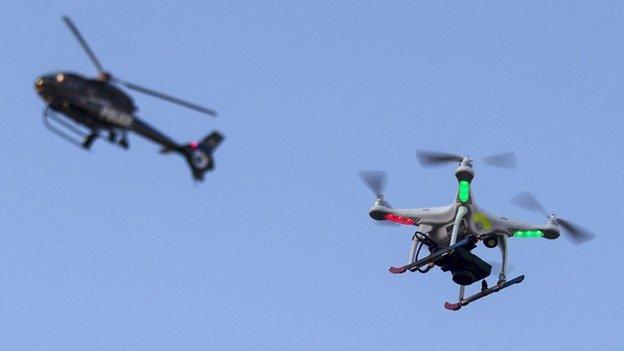Drone near-misses prompt calls for plane strike research
- Published
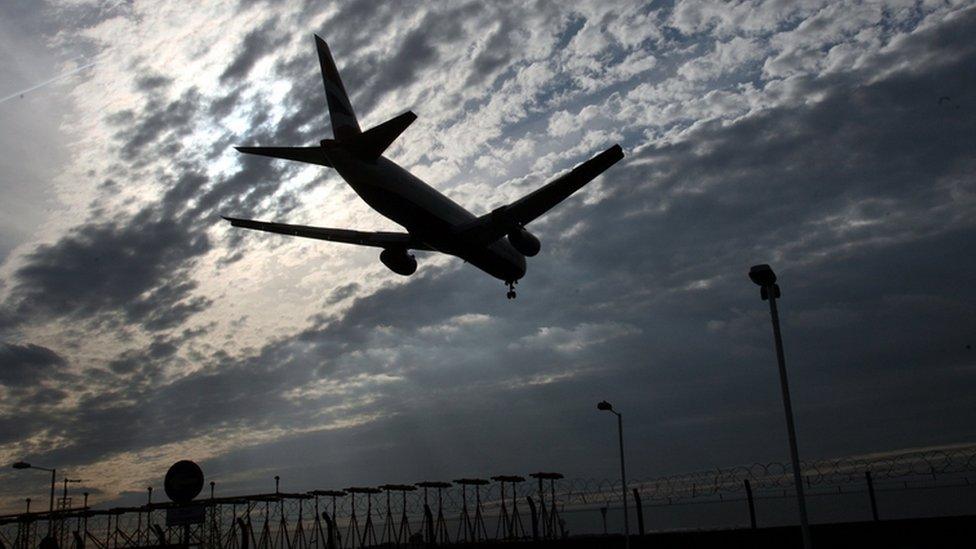
In one incident a drone passed within 25m (82ft) of a Boeing 777 near London Heathrow Airport
Pilots are calling for research into what would happen if a drone hit an airliner, after 23 near-misses around UK airports in six months last year.
Reports from the UK Airprox Board reveal the incidents happened between 11 April and 4 October 2015.
In one incident a drone passed within 25m (82ft) of a Boeing 777 near London Heathrow Airport.
Pilots union Balpa wants the government and safety regulator to back research into how serious a strike could be.
The incident at Heathrow was one of 12 that were given an "A" rating by the independent board, meaning there was "a serious risk of collision". It is the most serious risk rating out of five.
Other incidents given the most serious rating include a drone coming within 20m (66ft) of a Embraer 170 jet on its approach to London City Airport above the Houses of Parliament on 13 September.
Engine failure warning
On the same day, a Boeing 737 had a near miss with a drone shortly after take-off from Stansted Airport in Essex.
Regulations set by the Civil Aviation Authority (CAA) prohibits unmanned aircraft from flying within 50m (164ft) of any vessel, vehicle or structure that is not in the control of the person in charge of the aircraft.
The British Airline Pilots Association (Balpa) wants the Department for Transport and the CAA to back research into the possible consequences of a collision with a passenger jet.
Former RAF and British Airways pilot Steve Landells warned that a drone hitting an airliner could result in an uncontrolled engine failure or a smashed cockpit windscreen.
Mr Landells, Balpa's flight safety specialist, said there was a large amount of data on the effects of bird strikes on planes, but he said specific drone research was needed because "birds don't have a big lump of lithium battery in them".

Analysis
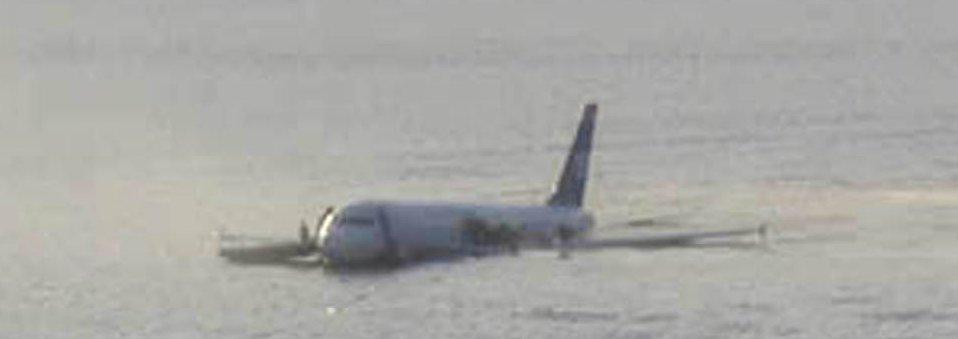
A US Airways jet crashed into the Hudson River in 2009 after hitting geese
By Richard Westcott, BBC transport correspondent
Many pilots think it's a matter of time before one actually strikes a plane, yet no-one has any real idea what would happen if it did.
Balpa says it is possible a drone could smash the windscreen, showering the crew with glass, or even cause an uncontrolled engine fire which could bring down the aircraft.
In 2009, an airliner lost both engines coming out of New York after it hit a flock of geese. It was only the skill of the pilot, gliding the aircraft down in an emergency landing on the Hudson River, that saved everyone's life.
Balpa says a drone strike could be even worse, because they have powerful lithium batteries on board that could start an engine fire. It's now asking the government and the safety regulator to help pay for tests to see just how serious a drone strike might be.

Philippa Oldham, from the Institution of Mechanical Engineers, said the consequences of a drone hitting an airliner would depend on a number of factors such as the size and speed of the drone and the location of the collision.
"The impact potentially could be anything from nothing to a destruction of an engine," she said.
People who fly drones close to planes could be convicted of endangering the safety of an aircraft, which has a maximum prison sentence of five years, the CAA said.
A spokesman for the regulator urged drone users to understand that the UK has "one of the busiest areas of airspace in the world".
A Department for Transport spokesperson said public safety was "our first priority" and it is working closely with the CAA and airline operators to "improve our understanding and knowledge this emerging technology".

Drone advice
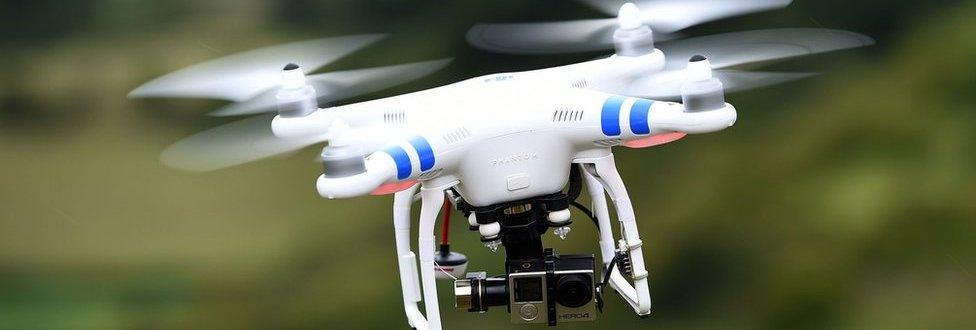
A number of drones are thought to have been recently given as Christmas presents
Make sure you can see your drone at all times and don't fly higher than 400ft (122m)
Always keep your drone away from aircraft, helicopters, airports and airfields
Use your common sense and fly safely; you could be prosecuted if you don't.
Drones fitted with cameras must not be flown:
Within 50m (164 ft) of people, vehicles, buildings or structures
Over congested areas or large gatherings such as concerts and sports events

- Published29 January 2016
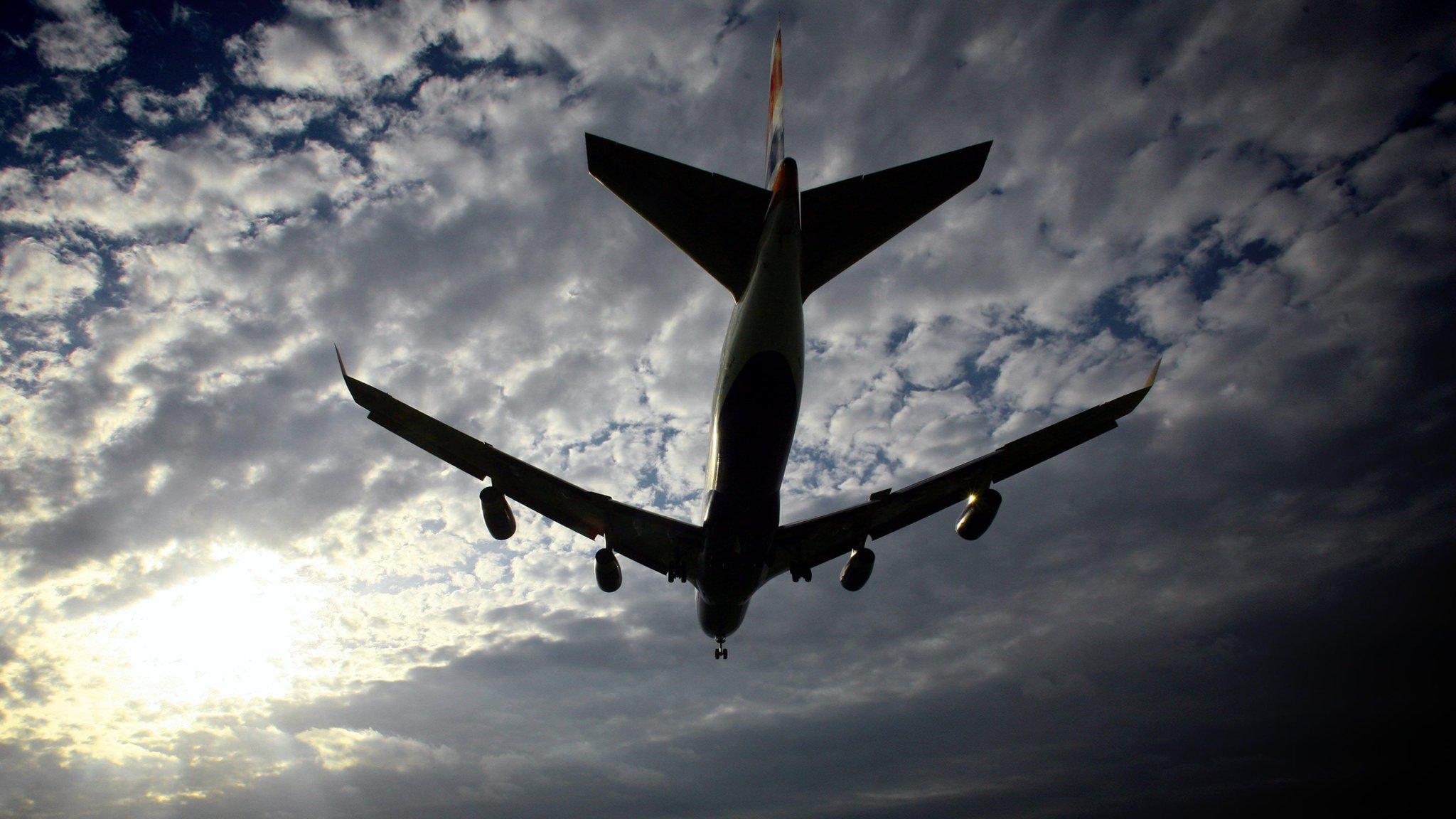
- Published19 November 2015

- Published31 October 2015
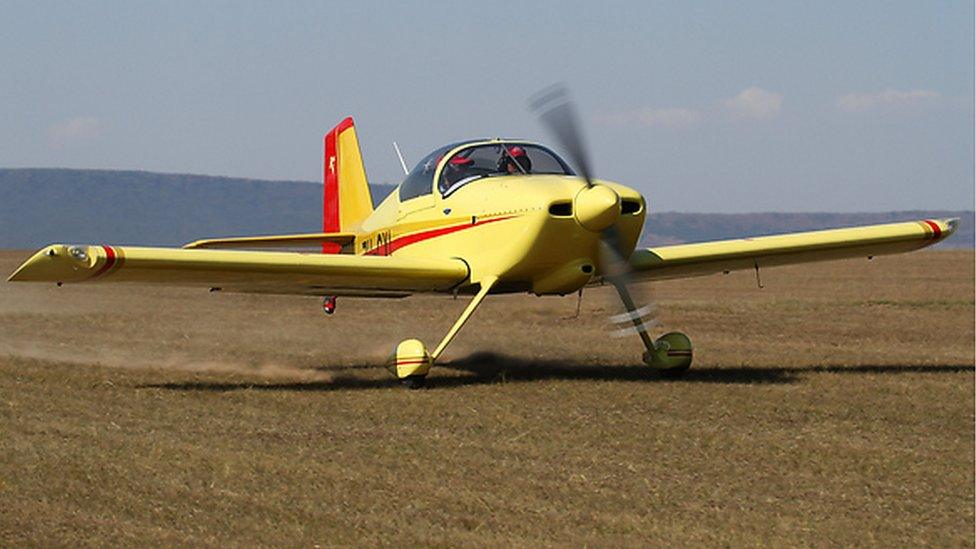
- Published5 October 2015

- Published25 August 2015
